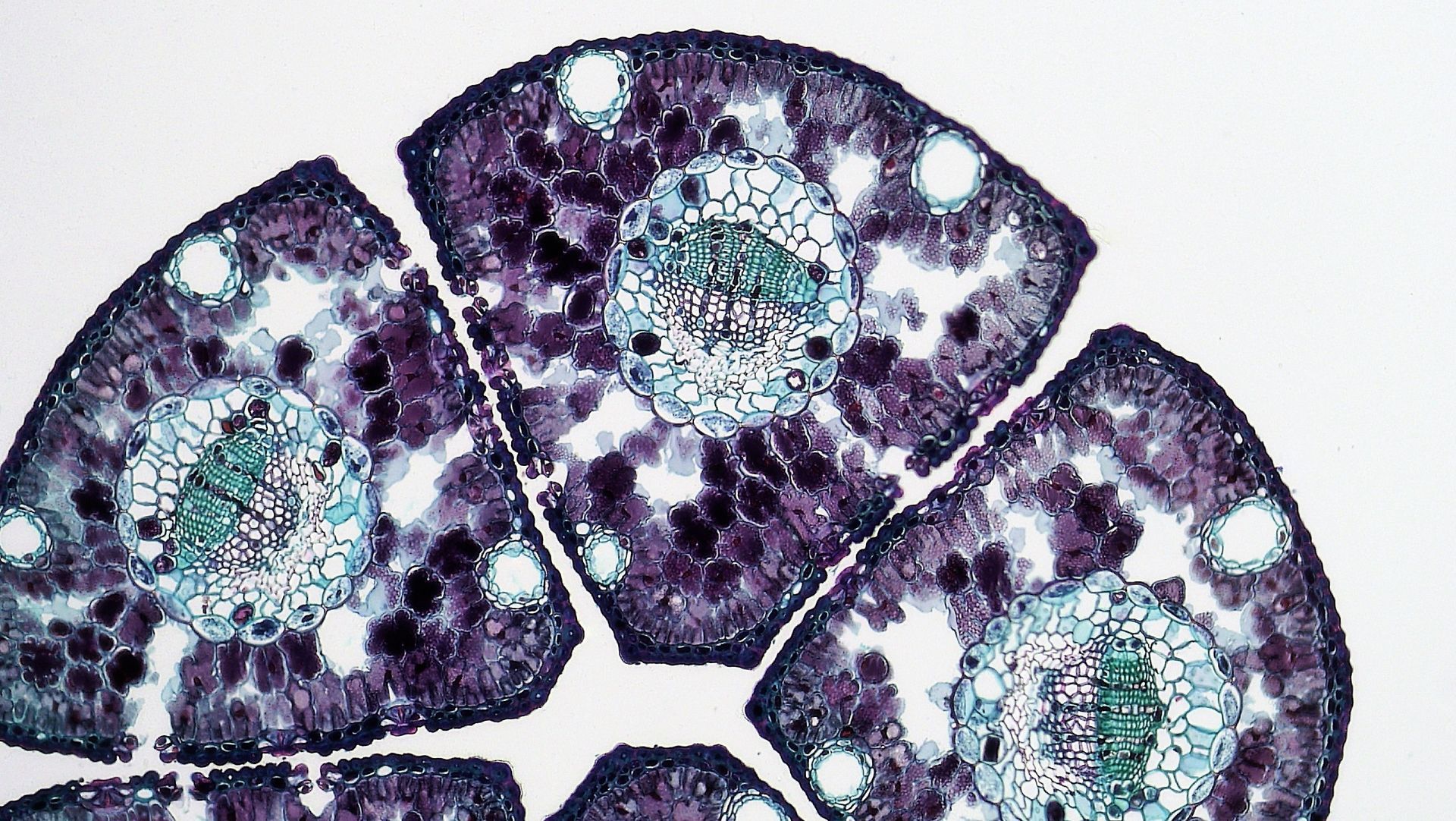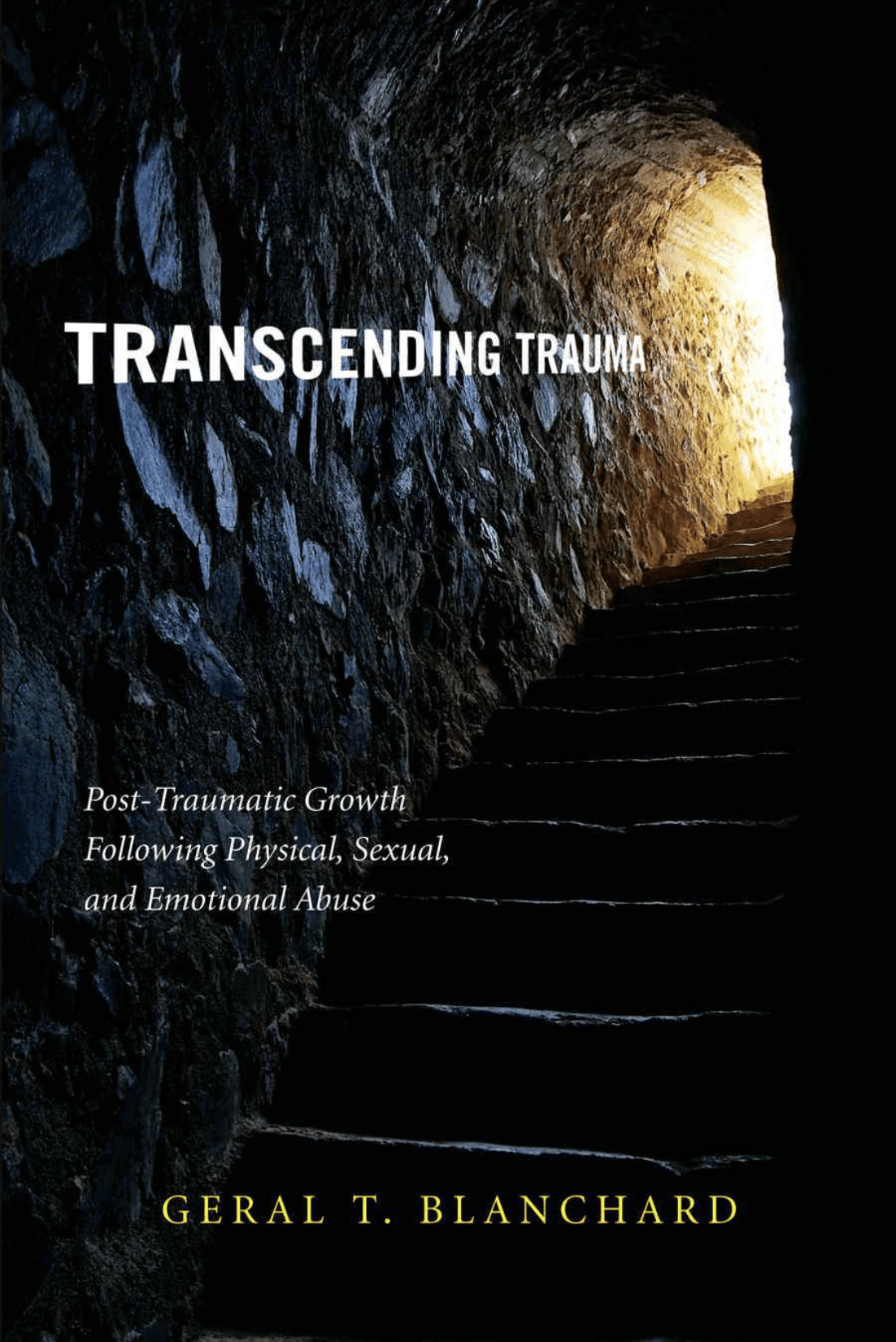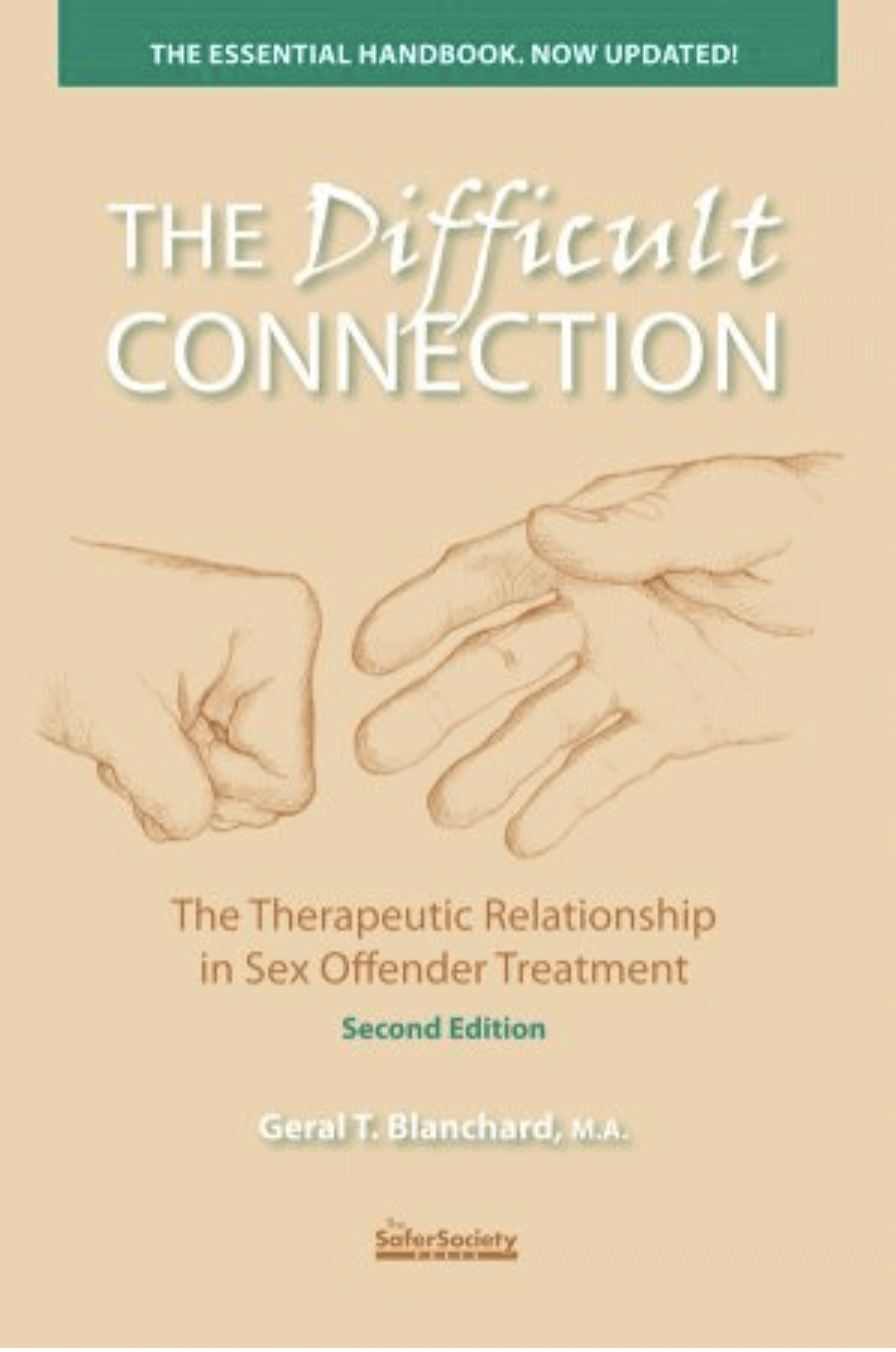Geral Blanchard, LPC, is a psychotherapist who is university trained in psychology and anthropology. Formerly of Wyoming and currently residing in Iowa, Geral travels the world in search of ancient secrets that can augment the art and science of healing. From Western neuroscience to Amazonian shamanism, he has developed an understanding of how to combine old and new healing strategies to optimize recovery, whether from psychological or physical maladies.
MDMA and Polyvagal-Informed Therapy, part 4 of 4
Much of what has been written about the vagus nervous system seems like scientific gobblygook.
I acknowledge there is a lot of good stuff hidden therein but, with all the complex medical terminology, one almost needs to learn an entirely new vocabulary to extract useful information.
MDMA & POLYVAGAL THEORY, PART IV
But, thankfully, along came Amy Banks, M.D., a psychiatrist at Harvard Medical School who wrote a marvelous book, Four Ways to Click, which makes relational neurology much more understandable. By introducing readers to the concept of a smart vagus, she is really saying individuals can train themselves to get out of the grip of a primitive brain response – from automatic fear mode to a social competency mode.
We know MDMA can help people reduce their social anxiety. With a smart(er) vagus nerve onboard one is further protected from the residual high stress and lack of safety many people still feel as a result of a life of cumulative felt rejections, social exclusion, a lack of soothing from unresponsive acquaintances, and interpersonal or environmental trauma.
Accurately seeing, hearing, and interpreting other people’s facial expressions or voice tone can be puzzling and frightening for individuals who long ago had a link established between subtle forms of communication and the stimulation of their internal fear sensors. Chronically misinterpreting facial expressions and the sound of a person’s voice is a safety issue many trauma victims frequently experience, commonly when no real danger exists. That occurs when vagal tone has vacillated. To counter a flawed autonomic response a smart vagus is essential.
The
smart vagus – arising from the tenth cranial nerve at the base of the skull – is linked to some of the muscles of facial expression, speech, and hearing. An operationally
smart vagus is the difference between relying on the innate primitive/reptilian part of the brain and a much more discerning and practiced brain -- one that with the help of
mirror neurons reads the threat of danger more precisely thereby opening doors for more comfortable and rewarding social relationships.
The smart vagus provides good vagal tone. It can smooth out previous instantaneous social reactions (e.g., glaring, sudden social exits, or emotional meltdowns) thereby allowing human relationships to feel less threatening and become more comforting.
Repeatedly, trauma victims have demonstrated a facet of their personalities that were never consciously challenged. Historically they have been easily threatened after misreading facial cues or the tone of a person’s voice. A stranger’s welcoming smile and a “hello” can quickly derail a person when their vagus nerve system goes on immediate high alert and says, “She is mocking me! She is judging me!”
This can be caused by developmental deficits in the presence of parents who were unresponsive to pleas for attention and didn’t soothe their children with touch and warm eye contact when they cried or communicated distress in some other way. It could also be the result of a life than unfolded amidst chaotic, disconnected, and frightening life experiences – from parental neglect and rejection, to childhood abuse or environmental calamities. Early on the vagus system learned to stay on “high alert,” having to suddenly figure out on one’s own, and without helpful adult feedback, who was safe and who was not. Too often the majority of people mistakenly were placed into the latter category, tainting the potential for satisfying social relationships thereafter.
Interestingly, the pain of social rejection comes to feel like real physical pain located in discrete parts of our body. More specifically, a tiny region of the brain’s prefrontal region – an overactive dorsal anterior cingulate cortex (dACC) – was long thought to have the singular duty of alerting us to the discomfort of physical pain so we could quickly pull back and protect ourselves. Now, with the help of brain scans, we see how the pain of feeling pinched or hit lights up this area of the brain. But there is also this conclusion: the discomfort of social rejection (real or misperceived) lights up the very same area causing sensations of emotional and physical pain! Trauma patients – including those who were emotionally neglected and/or abused -- have this brain response which makes the vagus system’s body wide alarm system way too sensitive -- too quick to go off. Consequently, there can be a hasty assessment, and subsequent overreaction, to sensed social rebuff.
Banks encourages the development of improved watchfulness, understanding, and a more precise response to people’s facial looks and communications – a smart vagus. This can entail inserting a brief pause after being emotionally triggered. Mindfully postpone the fight or flight response and consider, albeit briefly, if you are in an old and involuntary emotional mode, or if you are thinking prudently.
If you know and generally feel safe with the triggering person, ask for some clarification. You can employ a variation of the Rogerian “active listening” technique and ask them for feedback if you are interpreting things correctly, like mustering the courage to ask, “Were you just smiling at me or smirking? Was your laughter intended to be sarcastic?”
Some patients practice “smile sharing” with their therapist or another safe person, just a few seconds of deliberate and direct eye contact (even during MDMA sessions) to decelerate reactivity and settle into safety. Other facial expressions can be practiced too. Then verbally label what is seen. By doing so, you practice separating the image from an assumed and absolute reality. You can move from an implicit memory (unremembered childhood memory, perhaps a cellular reflexive response) to an explicit memory (actual conscious recall of a real event, a validated truth). What’s important is not to make too many judgments without facts in hand.
How quickly a person attempts to regulate themselves after feeling dysregulated is a victory in itself. It says, “I’m no longer going to operate exclusively on instinct (incomplete programming) any longer. I deserve better from myself.” This may entail various forms of passive and active meditation, done regularly.
When the frontal cortex is consciously calmed, a message is automatically sent to the emotional center of the brain (deep limbic system) saying, “You can now relax and go off duty; you are safe.” This reflects volition, having chosen to decide what to do with automatic system malfunction and “right the ship.” Done often enough, neuroplasticity occurs. In essence, you are acting your way into a new way of feeling and being, and into more rewarding relationships as well. Voila, you have developed the competency of a smart vagus!
This healing approach originated in relational neuroscience. And recall, MDMA is a relational medicine. So a case can be made not only for using the medicine to calm the vagus nervous system, but accompanying psychotherapy can assist in resetting the brain to a less adulterated and sticky state.
**********
“Relationships are not simply ‘the icing on the cake’ for a life well lived. Relationships are the cake.”
- Amy Banks
*********
Additional Reading: Four Ways to Click: Rewire Your Brain for Stronger, More Rewarding Relationships by Amy Banks, M.D. (strongly recommended)
Recommended Technology: Alpha-stim brain stimulator
Other Topics
Basics of MDMA
Rituals and Ceremony
Brain and MDMA
Trauma
Heart
Energy Movement
Quantum Physics
Native Cosmologies
Nature
Spirituality/Enlightenment
Kogi Tribe
Books written by Geral T. Blanchard
More Articles



















